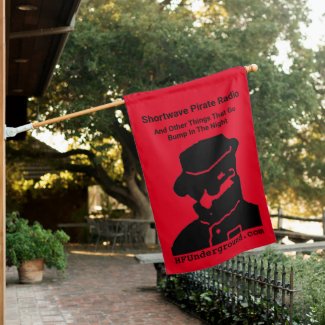30.150 MHz FM is a good one. I've heard a lot of traffic on there during this cycle and in during previous sunspot peaks. It's not as consistent as, say, 30.450 MHz FM, but it's close.
Others including 30.300 MHz, 30.600 MHz, 30.650 MHz, 30.800 MHz, 31.000 MHz, 31.100 MHz, 31.150 MHz and many many others come to mind (including 31.700 MHz FM, 31.750 MHz, FM, 31.900 MHz FM. The 30-35 MHz region is popular, regardless of other signals/activity on/near the frequency. A good example is 30.65 MHz FM. There's a strong land mobile system that uses 30.640 MHz FM (among many other frequencies) and often both 30.64 and 30.65 MHz are coming in at the same time.
I don't know about Canadian allocations, but US military has exclusive (primary) allocations for
30.000 MHz - 30.550 MHz
32.000 MHz - 33.000 MHz
34.000 MHz - 35.000 MHz
36.000 MHz - 37.000 MHz
38.000 MHz - 39.000 MHz
40.000 MHz - 42.000 MHz - note, there are several US government users of this band as well, i.e. SNOTEL on 40.670 MHz
46.600 MHz - 47.000 MHz
49.600 MHz - 50.000 MHz
Of course, they have secondary assignment for the spaces in-between and the whole 30-88 MHz band, effectively. They often use frequencies like 35.700, 31.300, 45.500, 45.300 and others that are assigned to Part 90 land mobile on a primary basis. That also includes military use of frequencies in the 6 meter amateur band 50MHz band 50-54 MHz. As long as they're not interfering...
Remember the PRC-77, PRC-25 and VRC-12 family of radios did have a high band and low band, low band being 30.000 MHz to 52.950 MHz and high band being 53.00 MHz to 75.950 MHz, or 30-52 MHz and 53-76 MHz on the radio's front panel.
The nice thing about running wideband FM voice is your signal to noise ratio is better. Also, a non-standard tone squelch means chances of QRM from land mobile (LMR) users on the same frequency or nearby frequency is significantly reduced. 25 kHz is still the standard, but, as indicated, many radios used by militaries worldwide are capable of 12.5 kHz steps, so 30.0000 MHz to 87.9875 MHz instead of 30.000 MHz to 87.975 MHz. Voice encryption, both wideband (25-30 kHz bandwidth) and narrowband (10-15 kHz bandwidth, roughly), plus various digital modes and multiplexed voice/data links or data-only links are also found in the 30-88 MHz spectrum. In many instances, use of a single frequency system is the standard/norm (vs. frequency hopping). Voice encryption is possible in SC (single channel / single frequency) and FH (frequency hopping) modes.
I believe 49.900 MHz is part of a repeater system (RETRANS), I believe in North Carolina (Fort Bragg). I know they're also on 41.850 MHz FM, 41.950 MHz FM and many others.
150.0 Hz squelch is the name of the game. All my scanners decode it as 151.4 Hz. The only military comms on VHF low that I've noted without the tone squelch aren't really comms per se - but the Canadian military beacon YSD for CYSD heliport / helipad on 36.600 MHz (modulated CW "Y S D" followed by a tone burst - just like a NDB beacon). I'm confident that YSD on 36.6 MHz FM is carrier squelch. What the military calls "noise squelch" or "old squelch".
New squelch = 150 Hz tone operated squelch.
Old squelch = carrier operated squelch (CSQ) or "noise squelch".
Various secure voice signals can be seen on a waterfall display when the band is open.



